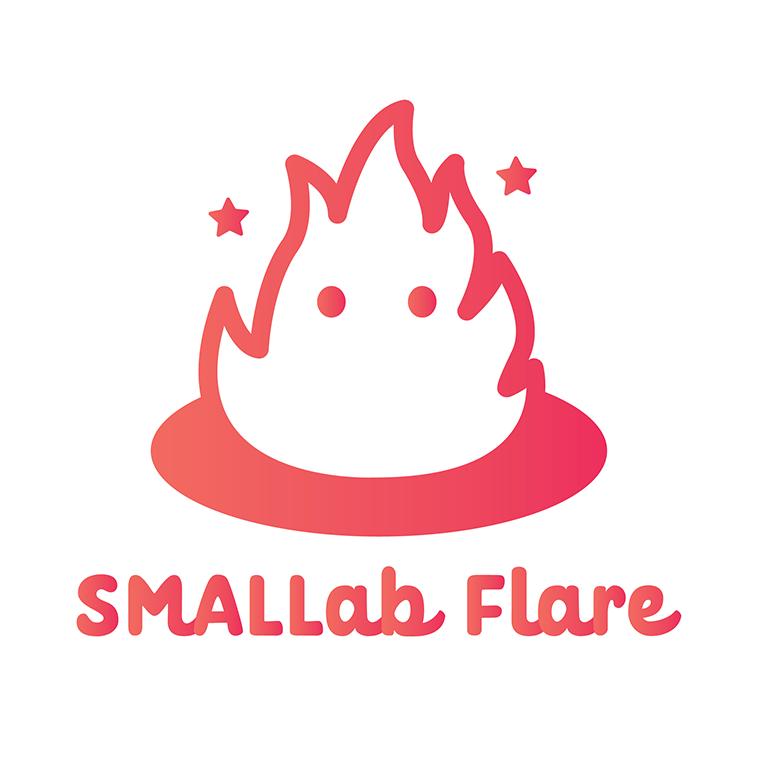Playtest feedback and Prototype 3
Week 9 started off in analyzing feedback collected from Playtest day held on October 29th, and the playtest we conducted at Northgate school – both with the same builds of the experiences.
Feedback on Experience 1:
What worked:
- The Art
- The Music
- Favorite moments (some quotes that were in majority)
- “Spinning the lotus flowers and the seeing all the colors”
- “When I made a bunch of splash effects by slightly shaking the wand.”
- “When the flowers disappeared, especially if it was layered on top of a lily or with other flowers”
What didn’t work/we should work on:
- Difficulties in current interactions
- Lagging motion tracking of wand – making interactions with flowers a bit laggy
- Some flowers felt unresponsive – users were unsure when they triggered the reaction
- Additions to current interactions
- Turn the flowers more/ add more variation in interactions
- Add more variety in colors and flowers
- Use lily pads in some way – make them interactive
Other findings:
- There was a general preference for experiencing this with a group rather than solo
Feedback on Experience 2:
Things that worked:
- Enjoyable rather than frustrating experience
The one response that gave a 2 rating found it very frustrating to take the tiny cubes with the current version of the string.
- Favorite moments
- Satisfaction of getting the cubes into the light
- Making use of the physical movement for game interactions
- Communication
Things that didn’t work/things we should work on:
- Difficulties in current mechanics
- Shadows would get in the way of the game mechanics and functioning
- Tangling wires increases difficulty
- Conceptual confusion regarding symbolism of balls because of lack of tutorial
Additional findings:
There was a majority opinion that there should be variations in velocities of the cubes and more shapes to make it more fun and challenging in that aspect
Based on this feedback we planned to build add suggested features to our experiences.
Prototype 3 – Game Design
For our third prototype and deliverable of the semester, we began brainstorming – initially very inspired by 2 different experiences.
One went back to color streamers (the sample game provided on SMALLab). We were very inspired by the idea of 3 different colors in the space, with users focusing on the space they occupy with those colors.
The second inspiration for us was a game called Splatoon. This is a multiplayer game where the aim is to paint as much area with your color as you can. The person who paints the most area wins.
We were inspired by the color occupation feature and healthy competition aspect of the game, which we hoped to integrate into our game.
Based on these inspirations, Valerie drew up our first game design flow iteration –
The aim of the game is to color as many squares in the grid as possible, with your color.
On this initial design, the concerns raised by our advisors were –
- Unsafe for students to run around the grid and into each other
- UI for the countdown would have to be looked into regarding which direction it would be in
- We must determine the purpose of our third prototype and its benefit to the students
Discussing on these points of concern, we made our second iteration of this prototype –
Addressing the safety concerns of the students running around the grid, we altered the rules –
- Players can now move only to adjacent squares (top, down, left, right)
- Players cannot go back to their previous square without losing their progress
- Players must stand on each square for 0.8 – 1.2 seconds for it to fill up in their color
Consequently, the purpose of this game is to –
- Patience and strategy for decision making (rather than students running around the mat – and hence making it dangerous)
- Strategy while dealing with each other in healthy competition on SMALLab
- A fun oriented game that gets students focused in on the SMALLab platform
Having narrowed down on the basic game mechanics of this prototype, Tairan got started on the development of this experience.
The first basic build of this game was playtested within the team –
Based on this internal playtest, we plan to make small changes and additions henceforth.
- Highlight first cube from where the player begins, so as to not cause confusion
- A collective countdown to the whole experience
- A winning clause for the experience
Next steps –
- Refine the third prototype and playtest it with Northgate school students on Wednesday
- Start on design of the emotion spheres for Sadness and Hope
- Add more variation in the virtual chill room prototype
